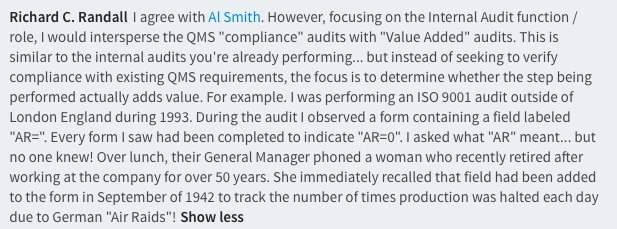"Market shaping is increasingly being recognized as a viable and deliberate market strategy, for firms that construe markets as being malleable, and thus possible to ‘shape’. A market-shaping perspective emphasizes markets as elements of ongoing processes, to be influenced and shaped by the actors involved through their own activities, and through the coordinated activities of multiple actors. Market-shaping thus aims to influence a market by means of activities aimed at a wider array of actors than just direct customers, such as their own customers, in pursuit of increased and sustainable competitive advantage. These market-shaping activities can stretch from traditional firm level activities such as sales to activities that involve the entire markets institution e.g. changing the rules of the market.E depois, uma narrativa que me soa tão familiar:
.
Shaping a market can often be challenging, however, especially for incumbent firms in mature markets with established market structures and behaviors or business models."
"this firm faces increasingly saturated traditional markets, as well as potentially declining growth. To address this challenge, it has been working continuously to realize a market-shaping strategy, the foundation of which has been the shaping of previously unserved market niches into new market segments susceptible to a changed, sometimes radically different, technology. In many potential segments, the technology was not proven and had not been previously used, which required the firm under study to shape the market in such a way as to create opportunities for future market offers.Quantas pessoas conseguem relacionar esta temática com a nova cláusula sobre as partes interessadas relevantes incluída na ISO 9001:2015.
.
To that end, it carried out a range of single and composite activities at three levels and involving various actors. The levels could be defined as: ‘system’, concerned with a system of actors in the process; ‘market’, relating to more tangible customer-supplier relationships; and ‘technology, focused on the more fundamental aspects of building the whole operation. The actors involved would thus include both direct and indirect customers as well as other stakeholders."
Vamos descascar este artigo com calma para tirar o máximo sumo.
Trechos retirados de "Unraveling firm-level activities for shaping markets" de Daniel Kindström, Mikael Ottosson, Per Carlborg, publicado por Industrial Marketing Management 68 (2018) 36–45



















